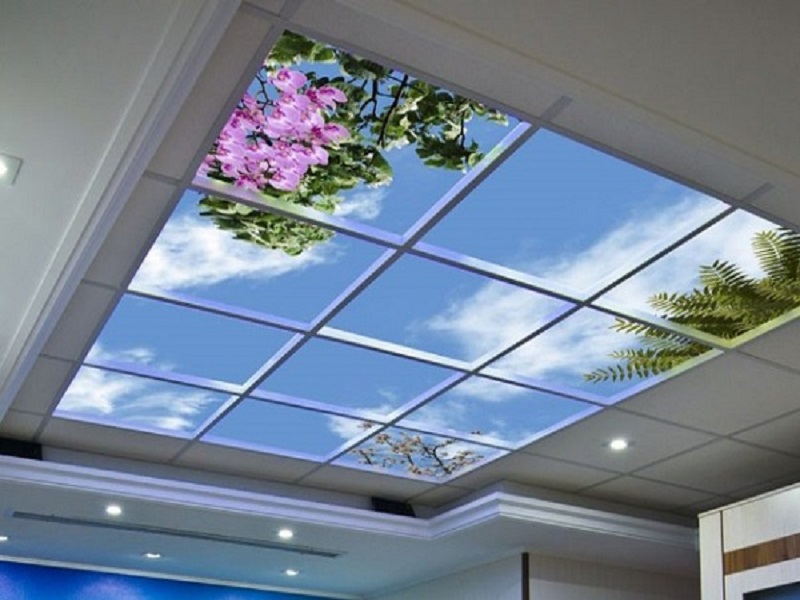Structure and chemical properties
Polycarbonates are amorphous and linear thermoplastic polyesters obtained from the reaction of carbonic acid with aromatic diols. There is little information on aliphatic, cycloaliphatic and aliphatic aromatic polycarbonates, while aromatic polycarbonates especially those made from bisphenol A have been extensively studied.
Bisphenol A in polycarbonate is obtained from the combination of carbonic acid with phosgene (Phosgene=Carbonyl Chloride=COCCl2).

Advantages of polycarbonate
- High impact strength
- Low flammability
- Electrical protection capability
- Ability to be sterilized by gamma radiation
- High abrasion resistance
- High heat distortion temperatures
- Good dimensional stability
- Good electrical properties
- Can be processed through all the special methods of thermoplastic polymers
Polycarbonate is non-corrosive and it can catch fire, but after removing the flame it extinguishes itself. This plastic dissolves in chlorinated hydrocarbon solvents, is attacked by cyclic hydrocarbons and strong alkalis, is insoluble in linear alcohols and is stable against mineral acids. Polycarbonate moisture absorption rate is low. It is resistant to ozone gas, air, ultraviolet rays and environmental conditions.
The table below shows some important chemical properties of polycarbonate.

For many years, it was thought that the parts made of polycarbonate are non-toxic and their contact with food does not cause a problem. However, the research of the last few years indicates that the plastics that contain bisphenol A in their molecular structure are toxic and dangerous because the entry of these substances into the food cycle causes this compound to be absorbed by the human brain, one of the effects of which is Alzheimer’s disease.
Thermal properties
Polycarbonate maintains its rigidity up to 140°C and its toughness up to -20°C.
Polycarbonates made of bisphenol A become brittle only at temperatures lower than -100°C and maintain their resistance up to 120°C.
This plastic has very high dimensional stability. The heat distortion temperature (HDT) of parts made of bisphenol A polycarbonates is in the thermal range of 134-143 oC. This temperature increases up to about 15°C using glass fiber reinforcements.
These plastics are flammable in contact with the fire, but after removing the flame, it has the ability to self-extinguish. Polycarbonate can be sterilized by steam. It can be shaped easily with different types of common industrial methods.
The table below shows some of the important thermal properties of polycarbonate.

Mechanical properties
Aromatic polycarbonates (such as bisphenol A polycarbonate) are durable and tough, and retain these properties over a relatively wide range of temperatures.
The mechanical properties of aromatic polycarbonates depend on their molecular weight.
The high impact resistance of this plastic is one of its most outstanding mechanical properties compared to all industrial and engineering plastics. It also has high wear resistance.
Products whose their average molecular weight is less than 10,000 do not have the ability to form a film, but with an increase in molecular weight between 10,000 and 18,000, their mechanical properties become weak. The molecular weights less than 20,000 generally do not have good mechanical behavior, but with the increase of molecular weight up to 25,000, the tensile and impact behavior improves. It is difficult to prepare the molecular weights above 50,000 of this plastic. It has very good dimensional stability, the coefficient of linear thermal expansion of polycarbonates prepared from bisphenol A is much lower compared to other plastics. This value is reduced about 2.3% by using glass fiber reinforcement.
Glass fibers reinforced polycarbonate can be used as a safe substitute for some composites such as polyphenol-formaldehyde. Its processing method is simpler and more economical, and in many cases it shows better properties compared to phenolic resins.
Plastic polycarbonate is very transparent and passing up to 90% of light, but over time, its transparency decreases a little.
The table below shows the change in the transparency of bisphenol A polycarbonate at the beginning of its production and three years after its production.

Bisphenol A polycarbonate has a very low dielectric coefficient, so it has high insulation properties.
Different types and varieties of PC
The variety of commercial types of polycarbonate has increased greatly in recent years. The application of the product and the processing method are two important options for choosing any special types of this plastic.
Types of polycarbonate available in the market include homopolymer, reinforced alloy and improved with special additives. Its homopolymers are used in making films, sheets and parts.
Other types of this plastic can be mentioned as its PC/ABS and PC/PBT blends, which are widely used in the automotive industry.
Improved types of this polymer are flame retardant or stabilized against cracks caused by environmental stresses.
Reinforced types with glass fibers with weight percentages of 20% and 30% have many applications and can produce strong parts.
Branched polycarbonate type is suitable for applications where the melt must have high strength.
The most important differences between species are:
1. Difference in molecular weight
2. Presence of a polyhydric compound
3. Difference in additives
Among the industrial and commercial types of bisphenol A polycarbonate, the following can be mentioned:
1. Suitable for injection molding
2. Suitable for the extrusion process
3. Suitable for blow molding
4. Suitable for structural foams molding
5. Suitable for thermal molding under vacuum
Polycarbonate is processed with excellent quality by all processing methods such as injection molding, extrusion, thermoforming, compression, etc.
Applications
• Electronic and office equipment: office machine bodies, computer peripheral parts, connectors, terminal blocks (terminal modules) and telecommunication components.
• Household appliances: food processors, kitchen electrical components, power tool bodies, refrigerator-freezer drawers and vacuum cleaner components.
• Transportation: Front and rear lights, warning light lenses and bodies, runway lights, air-molded spoilers (A plate or set of plates, comb, tube, rod, or other device exposed to the air current that the whole body is worn by increased friction, or the smoothness of the surface is greatly lost. Such a device is worn from the upper surface by an air layer, increases the friction and reduces the lifting force. It is likely that the bumper and aerodynamic parts of the car are meant here, which is named under the title of the spoiler), and the seat support.
• Safety and sports: sports helmets, hoods of cars, sports and recreational vehicles, car windshields, headlights, boat propellers and sunglass lenses.
• Food related services: special dishes for cooking in the microwave, special trays for eating or serving food, glasses, pitchers, water bottles, baby bottles
• Medical devices: tubing connectors, dialysis components and devices, blood oxygenators, filter bodies, lenses, sterilization or germicidal equipment by gamma rays, and surgical sutures.
• Laminate products: institutional signs, aircraft interior linings, greenhouse windows
• Industrial: mailboxes, material handling tanks, highway designs and images
• This plastic can be used in the construction of computer housings that have higher mechanical, electrical and fire resistance properties, as well as the canopy of supersonic airplane pilots.
• It is also used in the manufacture of molded products, extruded films, pipes, shatterproof glass, windows, automotive and street light bulbs, household uses, astronaut helmet bubbles, bullet-proof glass for banks, riot police shields, and armored cars.


